Nevada is the state of Las Vegas, known as Sin City, surrounded by an immense desert. This state appears to have little to offer, yet it is in this arid land that you will find surprising and unexpected natural wonders. Let’s discover together how to plan a Nevada road trip!
Contents
- Nevada at a Glance
- Nevada Tourism
- Nevada Road Trip Itineraries
- Hoover Dam Tours: A Guide to Visiting the Most Famous Dam in America
- Area 51: Where Is It? UFOs and Aliens on the Extraterrestrial Highway
- Weird Nevada: creepy attractions and oddities in Las Vegas and surroundings
- Lake Tahoe: An Incredible Emerald Lake on the Border between California and Nevada
- Cathedral Gorge State Park: Striking Canyons and Strange Rock Formations in Nevada
- Visit Virginia City, Nevada: A Walk through the Old West
- Bowl of Fire: An Adventurous Day Trip from Las Vegas
- Nelson Ghost Town: a miners’ ghost town near Lake Mead
- Nevada Parks and the Surrounding Areas
- Las Vegas Travel Guide
- Nevada General Information
Nevada at a Glance
Here are some concise facts about the state of Nevada:
Nevada Tourism
Tourism is one of the primary sources of income for Nevada and is closely tied to gambling. The large casinos in Las Vegas are among the biggest employers in the state, and they are supported by a vast network of hotels, restaurants, and entertainment venues. Las Vegas attracts American and international tourists throughout the year due to its gambling and entertainment offerings. Additionally, the gaming industry draws short-distance tourism to border towns in neighboring states.
Las Vegas’s location also makes it a strategic starting point or stopover for road trips that cover multiple states in the American Southwest, especially for those traveling between the major national parks spanning Utah, Arizona, and California. Within Nevada itself, there is the Great Basin National Park and several state parks of great interest. Some noteworthy ones include the Valley of Fire and Cathedral Gorge, as well as man-made attractions like the Hoover Dam and the various quirks that characterize the southern part of the state.
Main Nevada Airports
The main airport in the state is McCarran International Airport in Las Vegas (formerly known as Harry Reid International Airport). It is highly likely that you would use this airport to arrive in Nevada, whether you’re headed to Las Vegas or using it as a convenient base for a road trip to the neighboring parks in California, Arizona, and Utah. Another airport of some importance in the state is Reno/Tahoe International Airport, located near the California border. However, as of now, it does not have direct flights to Europe.
Another common way to reach Nevada is to fly into California and then embark on a classic road trip through the Southwest parks. In this case, the most frequently used airports are Los Angeles International Airport (LAX), San Francisco International Airport (SFO), and, to a lesser extent, San Diego International Airport (SAN).
Getting Around Nevada
When visiting Nevada, especially considering its vast desert regions, travelers often move along two major routes that traverse the state from California to Utah. The first is I-80, which crosses the northern part of the state and passes through Reno, the second-largest city in Nevada. The second is I-15, which traverses the southern tip of the state, passing through Las Vegas.
In addition to the aforementioned highways, when traveling within the state for tourism, the most significant route is US-95, which runs parallel to the southwestern border, connecting the two most populous areas: Las Vegas and the Reno-Carson City area.
Within the major cities, public transportation is available. Las Vegas, in particular, has a good bus network and a monorail system that connects the downtown area with major casinos. You can find more information on getting around Las Vegas here.
In the northern part of the state, train travel is also an option, as the legendary California Zephyr route passes through this region!
Nevada Road Trip Itineraries
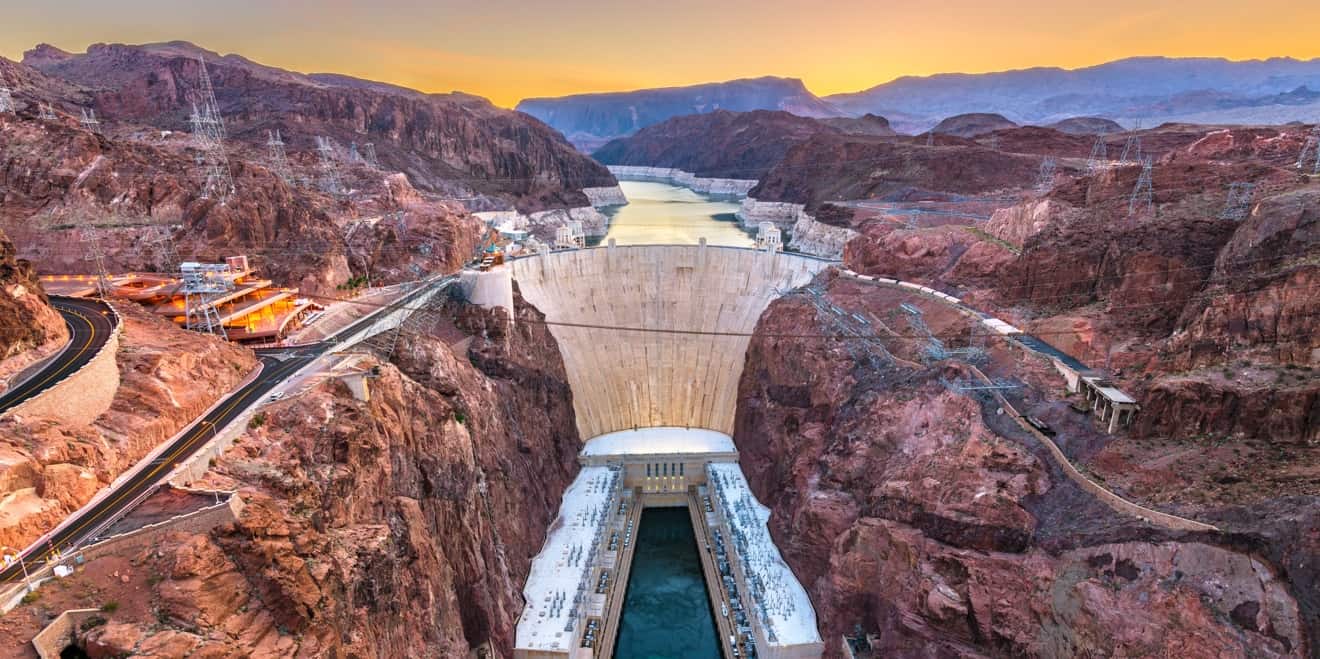
Hoover Dam Tours: A Guide to Visiting the Most Famous Dam in America
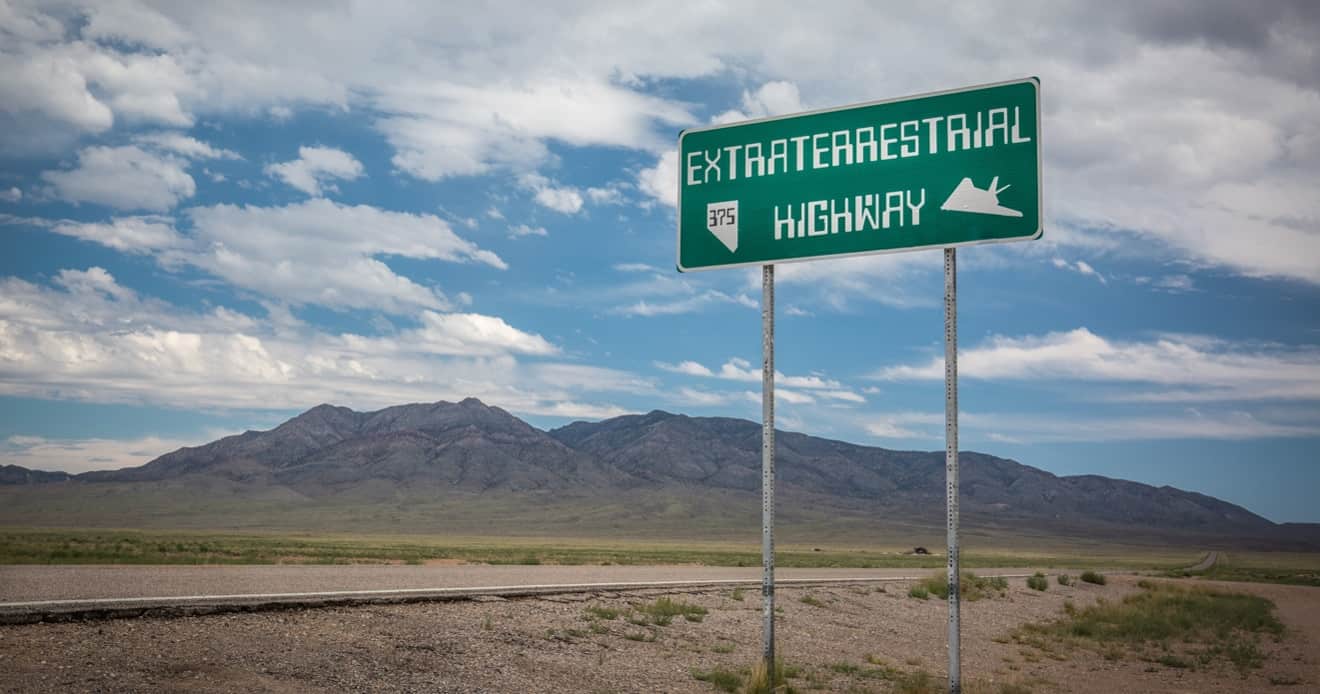
Area 51: Where Is It? UFOs and Aliens on the Extraterrestrial Highway
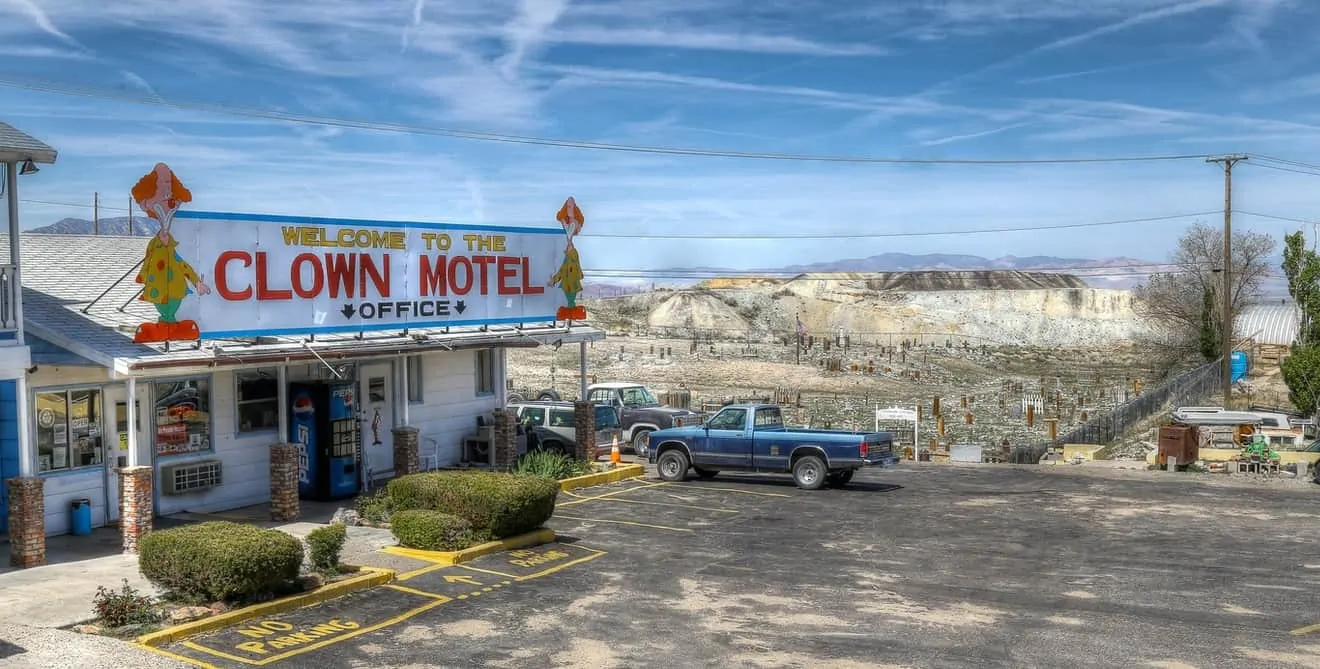
Weird Nevada: creepy attractions and oddities in Las Vegas and surroundings
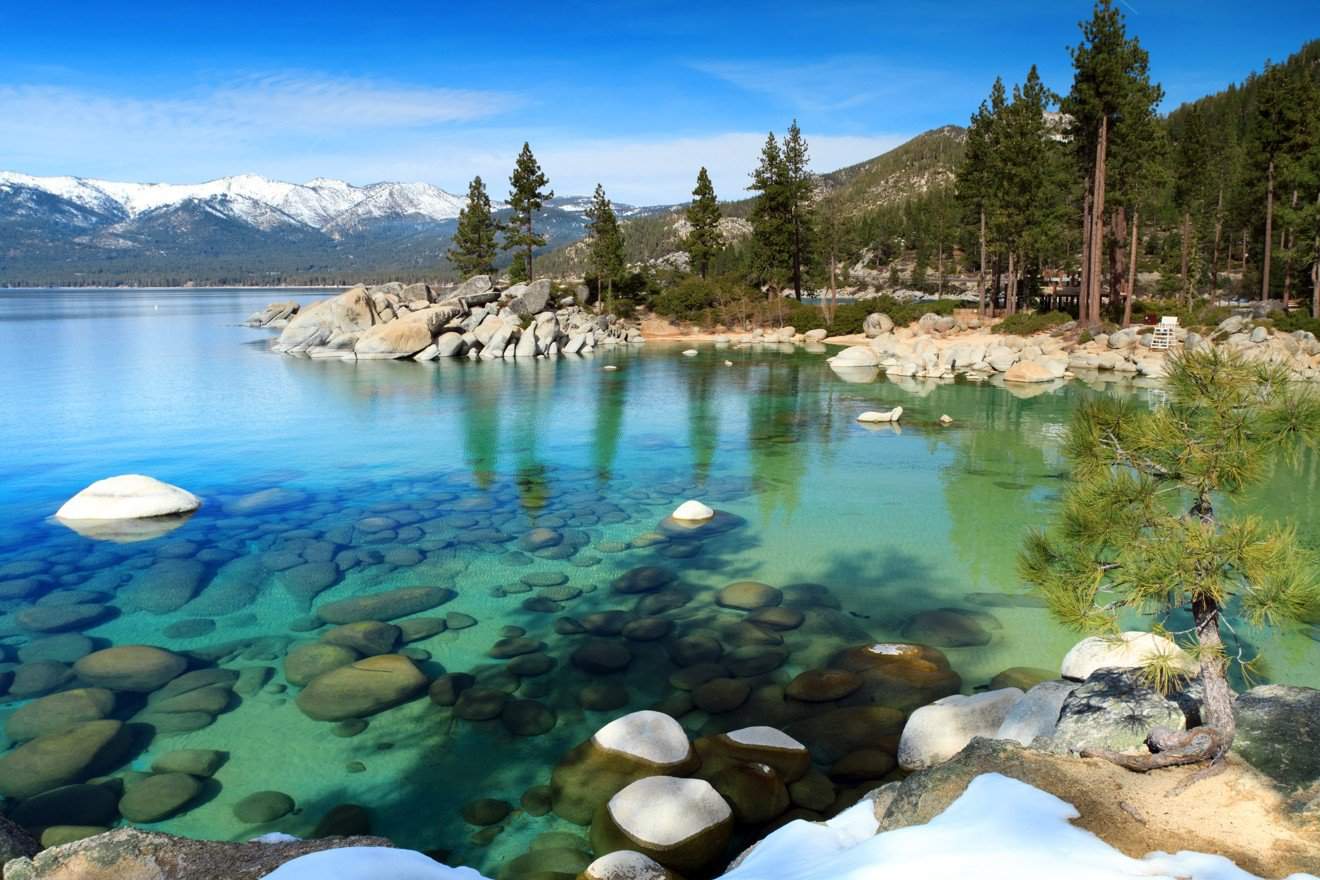
Lake Tahoe: An Incredible Emerald Lake on the Border between California and Nevada
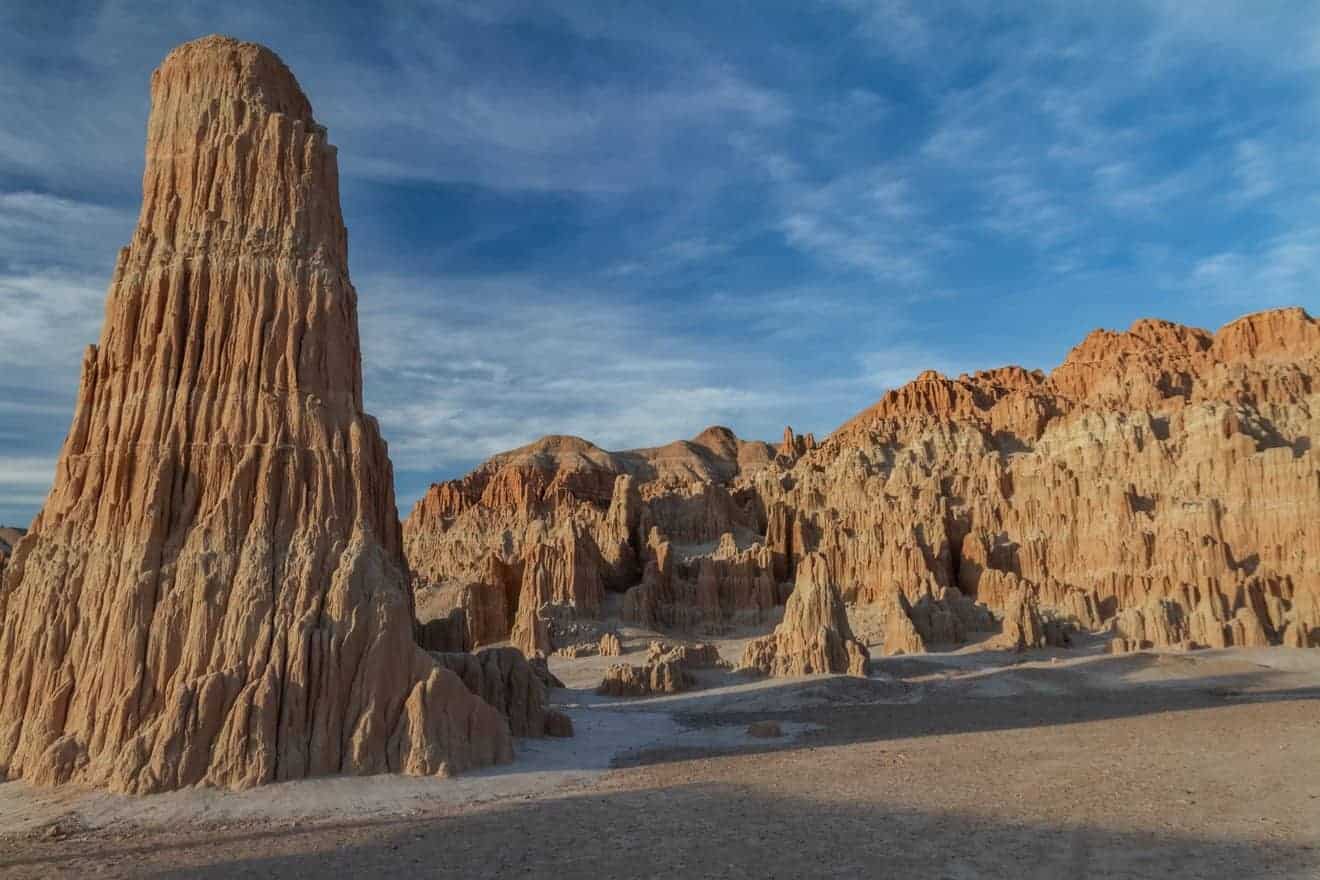
Cathedral Gorge State Park: Striking Canyons and Strange Rock Formations in Nevada
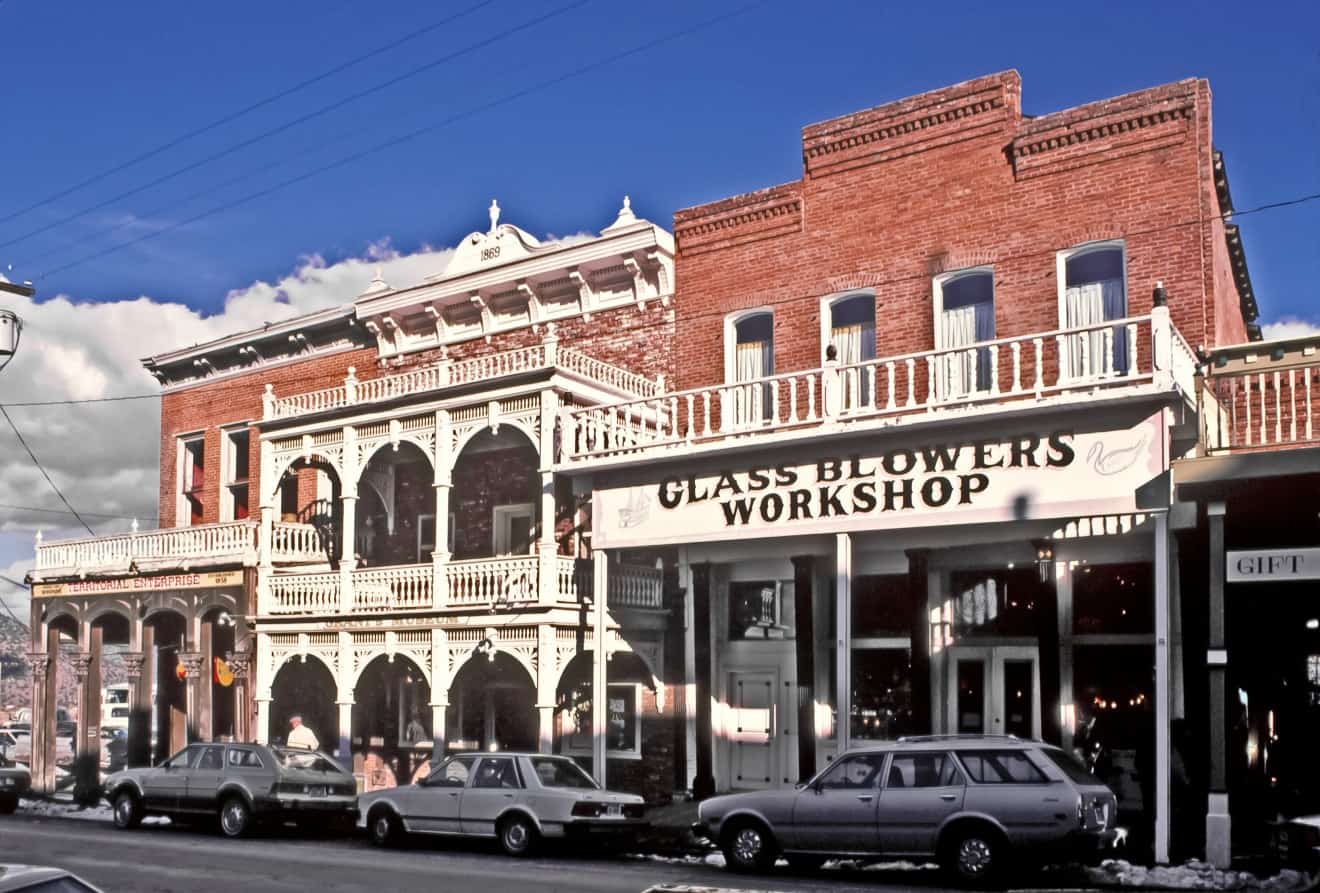
Visit Virginia City, Nevada: A Walk through the Old West
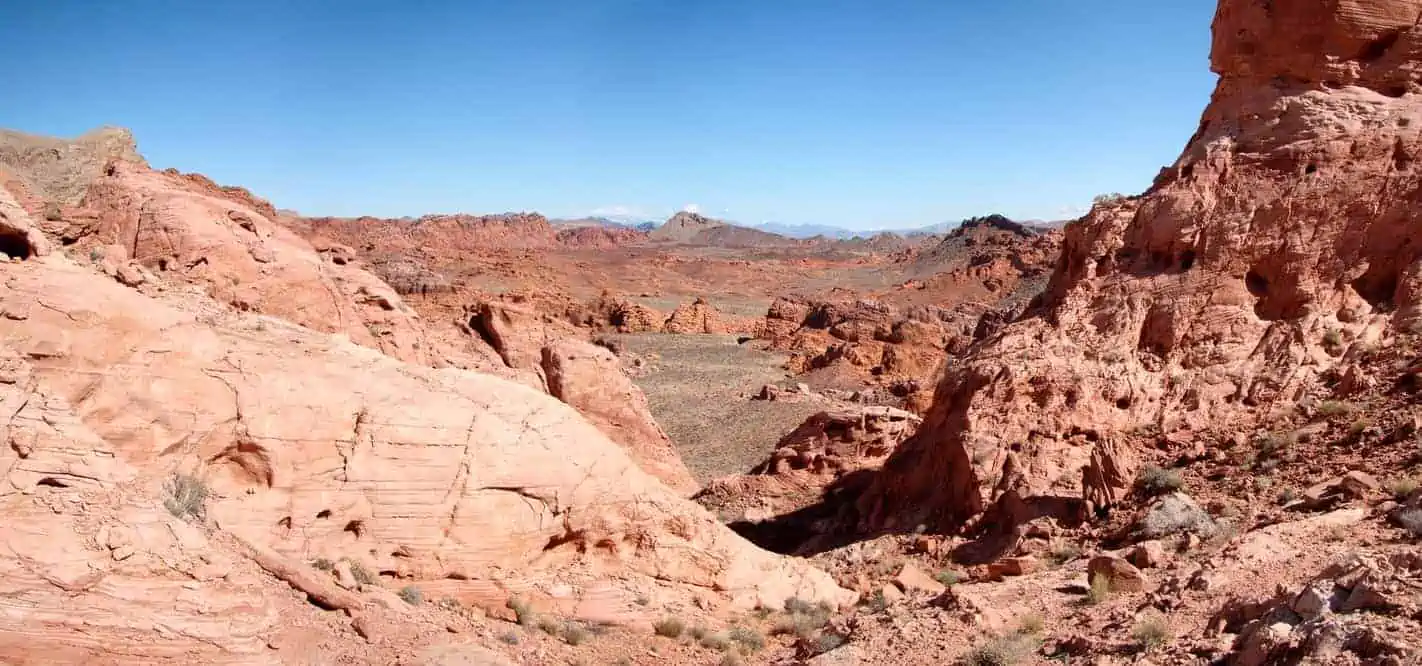
Bowl of Fire: An Adventurous Day Trip from Las Vegas
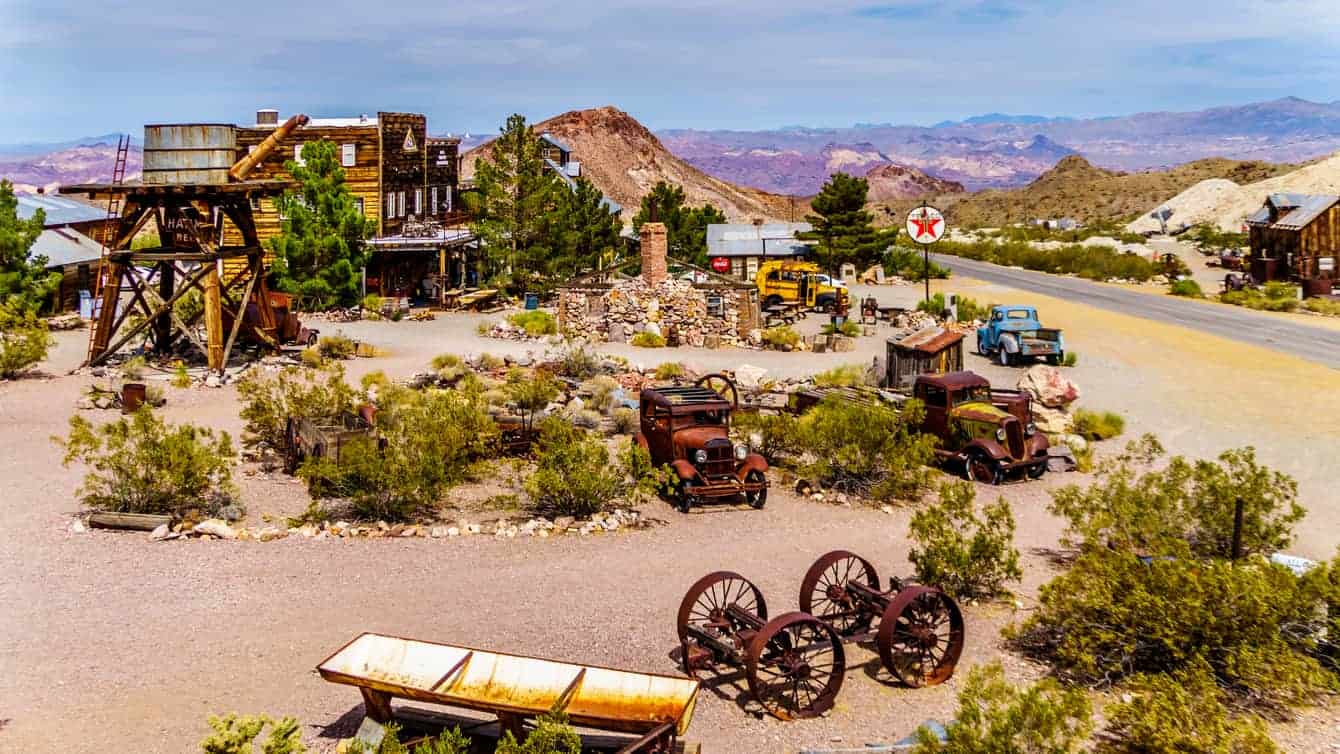
Nelson Ghost Town: a miners’ ghost town near Lake Mead
Nevada Parks and the Surrounding Areas
The Best Tours from Las Vegas to the Parks
Las Vegas is not just a gambler’s haven or the city of excess and over-the-top tackiness. Las Vegas is also the best base to visit the famous SouthWest national parks, the most coveted and amazing natural wonders of all the United States. Grand Canyon, Zion National Park, Bryce Canyon, Monument Valley, Death Valley, and Antelope Canyon… All of these incredible …
Read more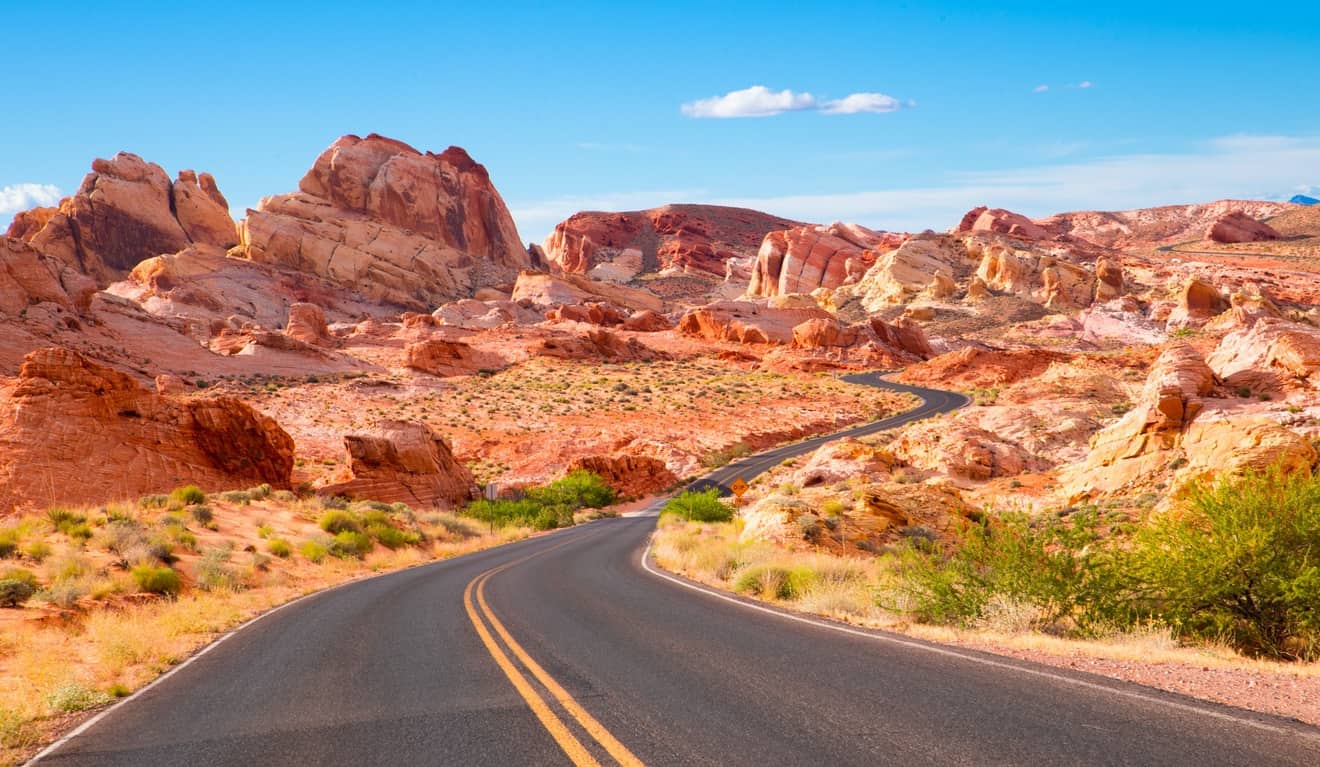
Hiking Valley of Fire: a Red Desert Near Las Vegas
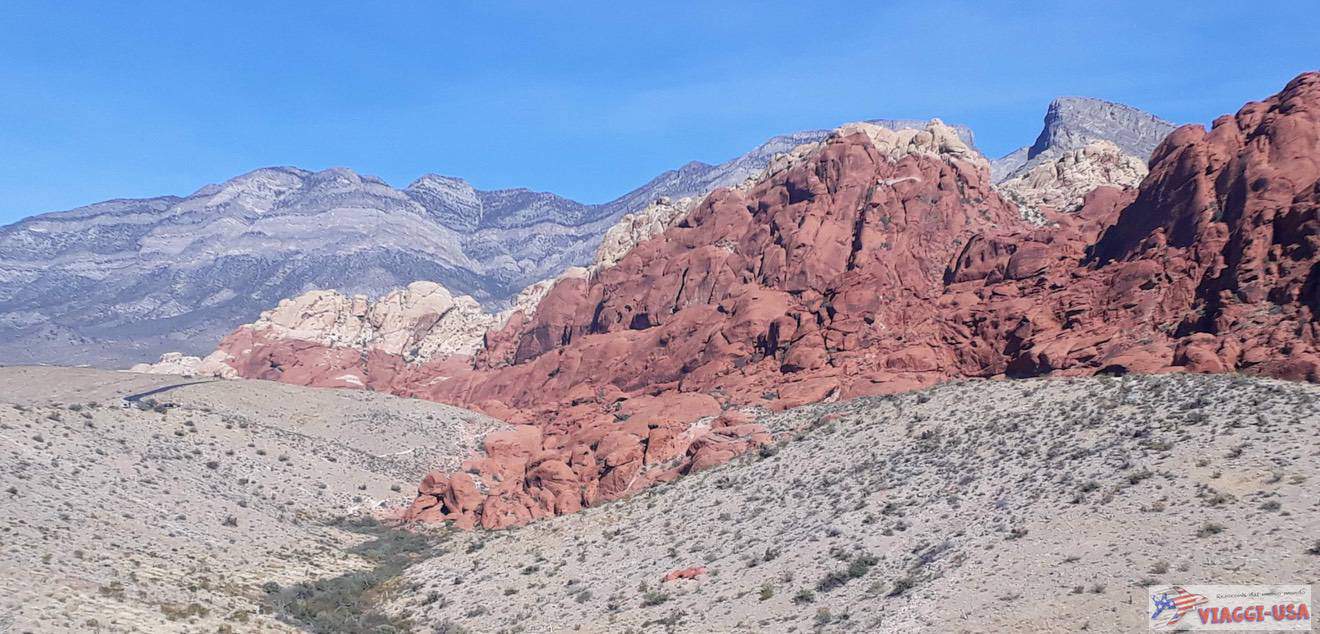
Red Rock Canyon: one of the best ways to enjoy nature near Las Vegas
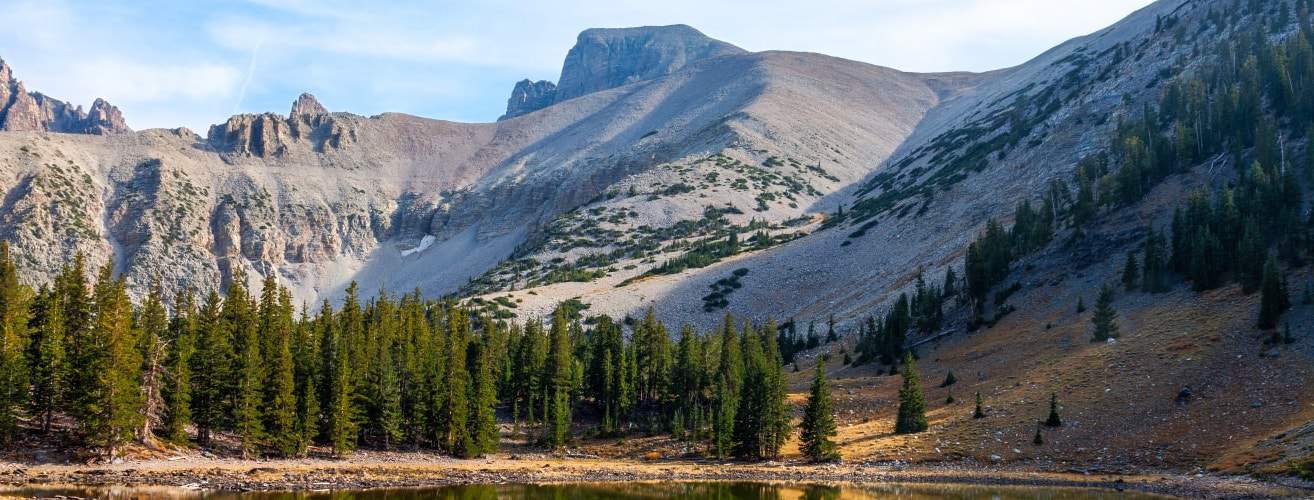
Visit Great Basin National Park: discover the Best Scenic Drive and Trails
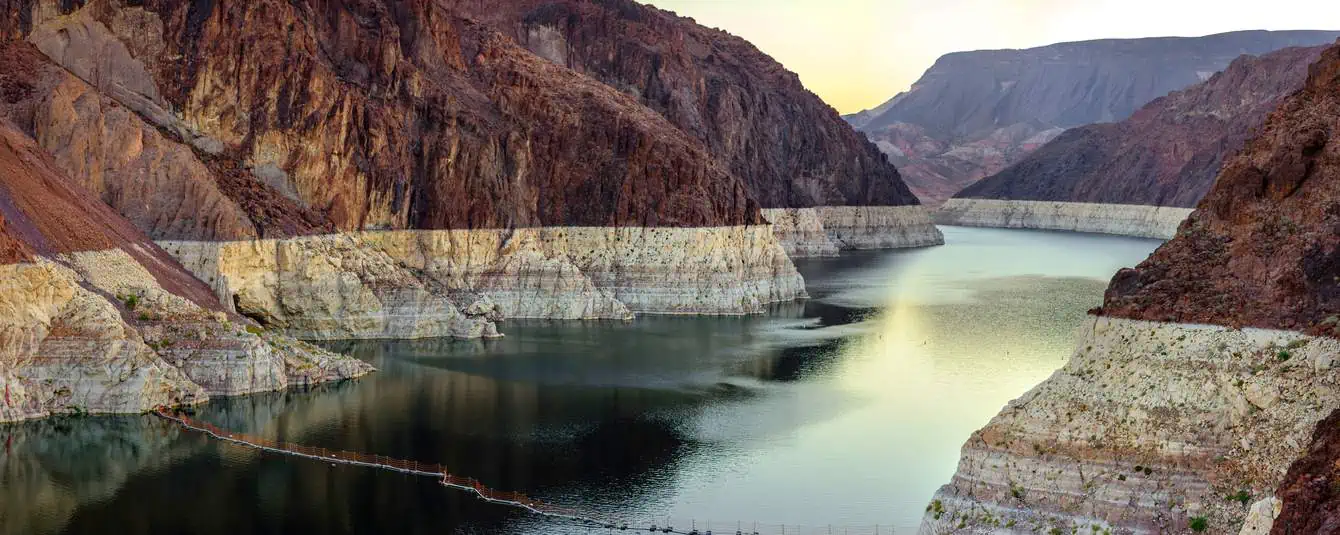
Visiting Lake Mead: Things to Do, Beaches and Hiking Trails
Las Vegas Travel Guide
Las Vegas Travel Guide
Known as Sin City, Las Vegas is a destination so one of a kind that it will surprise any of its visitors. Here, excess is the norm and sobriety is unheard of. This is the home of gambling and pyrotechnics shows but also the base for some of the most fascinating road trips to the natural parks of the Southwest, …
Read moreNevada General Information
Etymology, Motto, Nickname
The name Nevada is a Spanish word that means “snow-covered” or “snowy” and is derived from the Sierra Nevada, the mountain range that marks the boundary between this state and neighboring California.
Nevada’s motto, “All for our country“, has been on the state seal since its inception, but the originator is not documented. However, it’s important to consider that the state was admitted to the Union during the Civil War, shortly before the 1864 presidential elections. At that time, the Union was seeking another state that supported President Lincoln, and patriotism was running high. It’s easy to see how this motto was conceived and placed on the state seal at the time of Nevada’s entry into the USA.
The nickname “The Silver State” refers to the mining industry. Silver was being extracted from the mines here even before Nevada became a state, when it was still part of the Utah Territory, and mines played a significant role for a long time. There are also unofficial but widely used nicknames, such as “The Sagebrush State“, which is related to the abundant presence of this plant, and “The Battle Born State” because it was established during the Civil War.
Geography
Nevada is one of the largest states in the American West. It borders Oregon and Idaho to the north, California to the west and southwest, Utah to the east, and Arizona to the southeast. Much of its territory is located within the Great Basin, the vast mountainous region that also extends into parts of the neighboring states.
Extensions and Regions
Nevada is the seventh-largest state in the USA in terms of land area. It can be divided into four geographic regions: the Columbia Plateau (in the northeast), the Sierra Nevada (to the west), the Mojave Desert (to the south), and the Basin and Range, which occupies the majority of the territory.
However, when considering population distribution, it is primarily divided into three parts: the Las Vegas Valley in the far south, which is home to the majority of the residents, the lakes region in the northwest, between Pyramid Lake and Lake Tahoe, where you’ll find Reno and Carson City, and the sparsely populated rest of the state.
Geographical features
Nevada is not a geographically hospitable state. Two-thirds of the state lies within the largest North American desert, the Great Basin Desert, and the lower third is in the Mojave Desert. The prevalence of desert terrain results in Nevada’s population being primarily concentrated in the Las Vegas Valley. While not a fertile paradise, it is more easily accessible due to its flatness compared to the mountainous Great Basin region.
Mountains, Lakes, and Rivers
As previously mentioned, the surface of Nevada is almost entirely mountainous, with significant peaks. There are 39 peaks above 10,000 feet, and many others that come close to this altitude. The primary peak is Boundary Peak, the only one surpassing 13,123 feet in elevation, standing at 13,140 feet.
Contrary to what one might expect due to the association of Nevada with deserts, water is not entirely lacking. The strong presence of mountains gives rise to rivers and lakes throughout the region. Nevada’s largest natural lake is Pyramid Lake, located in the northwest of the state, not far from the city of Reno. It owes its name to rock formations resembling pyramids and covers an area of 188 square miles. Until the 1800s, it was even larger, but a dam has affected the flow of water, reducing its capacity. Two other significant lakes are shared by Nevada with California and Arizona, respectively. Lake Tahoe, on the California border, has an area of 189 square miles and, most notably, has an immense volume of water (over 625,2 cubic miles) due to its depth: at 1,645 feet, it is indeed the second deepest in the USA. Its water is extremely pure, almost comparable to distilled water. On the Arizona border, we find an artificial reservoir, Lake Mead, which, with its 247 square miles, is the largest in the United States. It was formed along the Colorado River by the famous Hoover Dam.
The Humboldt River is the longest river entirely located in Nevada. It crosses the northern part of the state from east to west and ends in the eponymous lake after a journey of 330 miles. The Humboldt and its tributaries form the primary watershed in the state. In the south, the main river is the Colorado River, marking the border with Arizona and partly transformed into Lake Mead.
Capital and Major Cities
The capital of Nevada is Carson City, a town with 56,000 residents located in the northeastern part of the state. The most populous city is Las Vegas, with over 660,000 residents as a municipality, but it surpasses 2.5 million as an urban agglomeration, as most of the other major municipalities in Nevada are concentrated around it in the southern part of the state. This area is home to approximately 80% of Nevada’s population.
Not far from the capital is Reno, the primary city in the northern part of the state, with 260,000 residents, rising to 400,000 in the urban agglomeration. Apart from these two areas, the rest of Nevada is characterized by small inhabited centers.
Climate
Famous for its desert landscape, Nevada is the driest state in the United States. Precipitation is minimal, with an annual average of 7.1 inches, and most of the rain falls on the slopes of the Sierra Nevada.
The temperature range is very high, with both very high and very low temperatures recorded. Taking Las Vegas, the largest and most visited city, as an example, in July, you can expect a high of 105°F and a low of 81°F, while in December, a high of 55°F and a low of 37°F. However, it is not the location with the most extreme climate, as it is situated in a valley that slightly moderates the surrounding desert conditions.
Wildlife
Nevada is indeed inhabited by animals that have adapted to the desert climate. Among mammals, you can find small rodents, foxes, mountain lions, and lynxes, as well as unique species like the American pronghorn antelope. Among reptiles, there are desert tortoises, geckos, lizards, and various species of snakes. Birds are not as abundant and diverse as in other areas, but hawks, crows, and owls are also present here. The world of insects is quite unique as well; there are 23 different species of scorpions found in Nevada, including the giant hairy scorpion, which is the largest in North America.
History
The first inhabitants of these lands were Native American peoples such as the Goshute, Southern Paiute, Mohave, and Washoe. However, there are fewer historical records of their presence compared to nearby states. With the arrival of Europeans, this region became part of the Spanish Empire and later, during the Mexican War of Independence, it became Mexican territory as part of Alta California.
In 1847, the entire Nevada territory within the Great Basin was claimed by Mormons, who had established the State of Deseret. In 1851, they founded the first white settlement in what is now Nevada, a town called Mormon Station, known today as Genoa. In 1855, more Mormons arrived from Utah and built a fort in the valley where Las Vegas now stands, which remained under the control of Salt Lake City for a few years. In 1861, the Nevada territory separated from Utah and adopted its current name. In 1864, just 8 days before the presidential elections, it became a state and joined the Union.
Economy
Initially, Nevada’s economy was primarily based on mining. The presence of silver, as well as various other minerals, led to the opening of many mines and the subsequent population boom as people came here to work. It was in the mining towns that unregulated gambling began to develop, which was later outlawed in 1909. It was subsequently legalized again in 1931 and today is one of the main sources of income for the state’s residents. In rural areas, cattle ranching is quite significant, accompanied by some agricultural production, limited by the climate and soil conditions, including hay, onions, and potatoes.
Sport
Nevada may have a smaller number of sports teams compared to other states, but it is home to three major league teams, all based in Las Vegas. These teams are the Las Vegas Raiders for American football, the Vegas Golden Knights for ice hockey, and the Las Vegas Aces for women’s basketball.